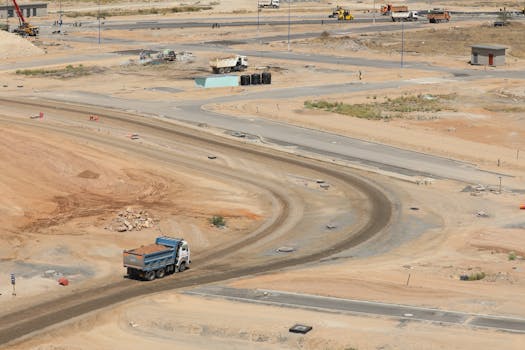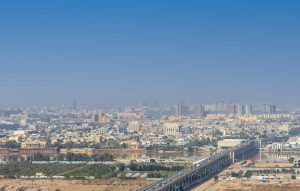
Mapping the Fiber Landscape: Key Players and Projects Across Africa
Mapping the Fiber Landscape: Key Players and Projects Across Africa is crucial in understanding the rapid expansion of fiber optics across the continent. Africa has been witnessing significant growth in its telecommunications sector, with fiber optics playing a pivotal role in enhancing connectivity and bridging the digital divide. The focus on Mapping the Fiber Landscape: Key Players and Projects Across Africa has led to substantial investments in fiber infrastructure, aiming to improve internet penetration and support economic development.
Introduction to Africa’s Fiber Landscape
Africa’s fiber landscape is characterized by a mix of terrestrial and submarine fiber optic cables. Terrestrial cables span across the continent, connecting major cities and countries, while submarine cables link Africa to the rest of the world, facilitating international data exchange. The growth of fiber optic networks in Africa is driven by the increasing demand for high-speed internet and the need for reliable connectivity. Key players such as telecommunications companies, governments, and international organizations are driving this expansion through various projects and initiatives.
Key Players in Africa’s Fiber Market
Several key players are shaping the fiber landscape in Africa. Telecommunications companies like MTN, Vodacom, and Orange are investing heavily in expanding their fiber networks across the continent. Governments are also playing a crucial role, with many initiating projects to develop national fiber backbones. International organizations such as the African Development Bank and the World Bank are providing financial support and expertise to promote fiber infrastructure development. Furthermore, companies specializing in fiber optic technology, such as Huawei and Nokia, are contributing to the expansion of fiber networks through their innovative solutions and equipment.
Major Fiber Projects Across Africa
Africa is home to numerous significant fiber projects, each aiming to enhance connectivity within the region. The East Africa Submarine Cable System (EASSy) and the West Africa Cable System (WACS) are examples of submarine cables that have significantly improved international connectivity for Eastern and Western Africa, respectively. On the terrestrial side, projects like the African Coast to Europe (ACE) cable and the Central African Backbone (CAB) are working to interconnect countries and regions, facilitating intracontinental data exchange and access to global networks.
Challenges and Future Outlook
Despite the progress made, challenges persist in the development of Africa’s fiber landscape. Issues such as the high cost of deployment, especially in rural areas, regulatory hurdles, and the need for greater investment in last-mile connectivity are being addressed through innovative financing models, policy reforms, and technological advancements. Looking forward, the future of fiber in Africa is promising, with expectations of continued investment, improved regulatory environments, and the adoption of cutting-edge technologies like 5G and cloud services, which will further enhance the continent’s connectivity and digital economy.
